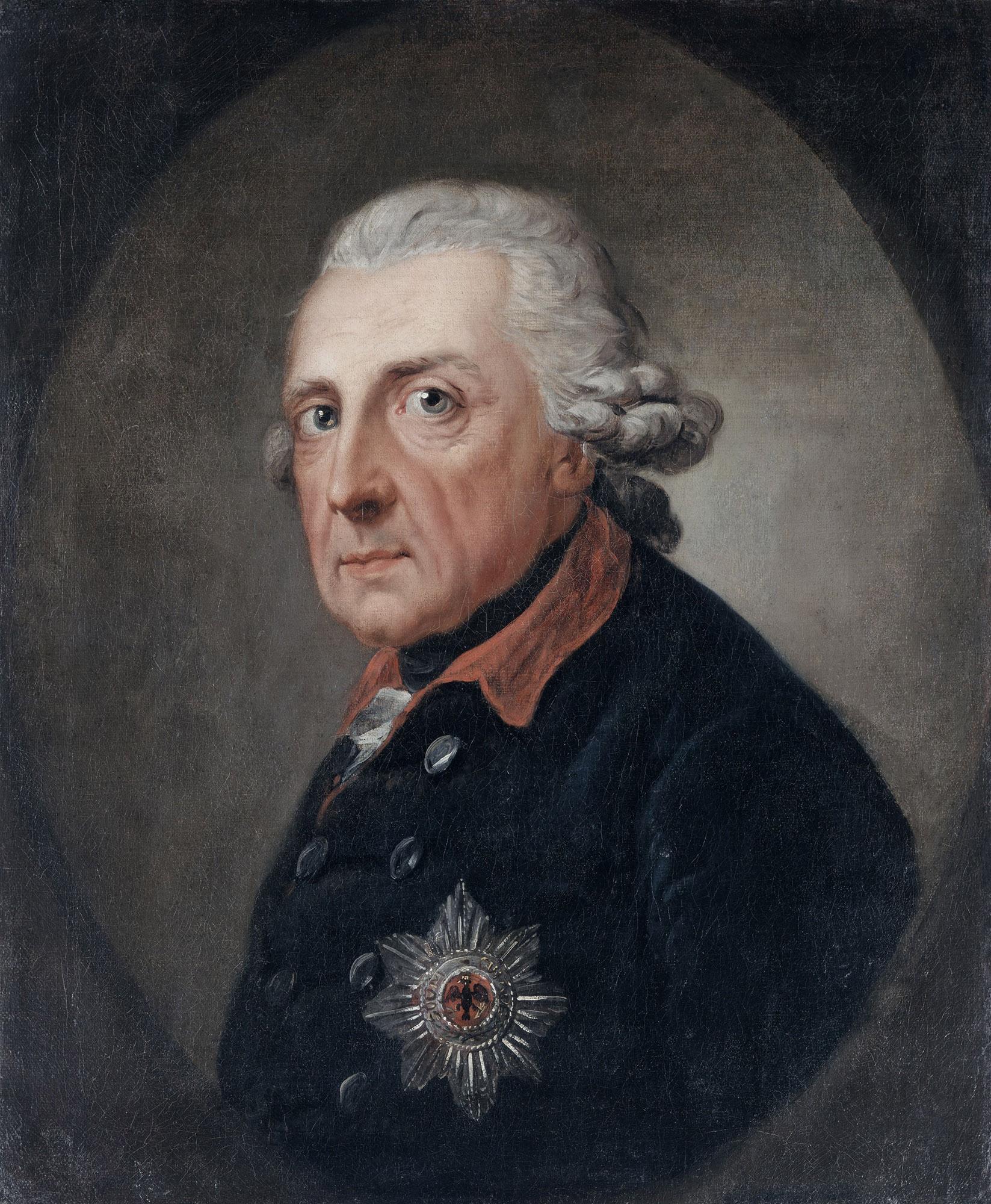Frederick II - A King with a Botanical Vision
Although his father was nicknamed "Soldier King", it was Frederick the Great, who actually launched military attacks. Frederick would not have become “the Great” without his delight in taking risks. 'No risk, no glory!' Frederick risked everything for glory. His wars brought the country to the brink of decline, but helped Prussia to find its voice in the concert of European powers. Friends admired him for it; opponents were astounded. Who was Frederick? A gambler or strategist? A genius or driven? A misanthrope or a sensitive spirit? A bon vivant or an ascetic?
When he was not at war, Frederick II was modernising his country. He believed that a modern government could not afford to lose its connection with international scientific and technical standards. And so not only did he lay the foundations for the establishment of the Academy of Science, but he also consistently pursued Europeanisation and modernisation with his science policies. There were hardly any areas that he does not attempt to reform.
"Agriculture is the first of all arts" (Frederick II)
"True wealth is only what the earth produces," said Old Fritz, as the King was called later on in life. Accordingly, during his entire reign, Frederick II tried to increase agricultural production and improve the lives of peasants.

In his own parks, the king not only focused on designing gardens for pleasure but also for growing fruit and vegetables. From 1745, the terraces of Sanssouci Palace were surrounded by hedges holding allotments for fruit culture. Between 1747 and 1801, about 280 fruit varieties were determined for the reconstruction of this fruit collection. According to the Salzmann plan of 1772, 123 apple, 69 pear pyramids as well as half-standards of peaches, apricots, cherries and plums, a total of 382 fruit trees, were to bear fruit in the hedges. Today, 16 compartments have been replanted with historic fruit varieties.
Bulbs instead of ears of corn
In order to prevent a famine in Prussia, Frederick introduced a new plant in the fields: the solanum tuberosum, the potato. Spanish conquerors brought the plant from the South American Andes to Europe. But the king has trouble making his potatoes "palatable" to his peasants and finally he made "potato orders" to arrange their planting. How much the king was actually involved in the "success story" of the potato is not confirmed. However, to remember his legacy, people from around the world still come to Sanssouci Palace to put a potato on Frederick II's tombstone.
Frederick the Great also put his blood, sweat and tears into planting mulberry trees to obtain silk, which was important for the domestic textile industry. Royal Prussian plantation inspectors travelled through Brandenburg, to advise the silk farmers and manage the progress and in 1784, Prussian production reached its highest level of 13432 pounds of raw silk. However, this quantity covered only five per cent of Prussian demand for silk - the rest had to be imported. Despite all the state investment, Brandenburg's silk production could not meet expectations. Aside from the unfavourable climatic conditions, the farmers were overwhelmed by the additional workload - as they had to not only plant and cultivate the mulberry trees, but take care of the delicate silkworms.
